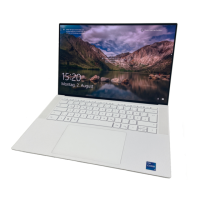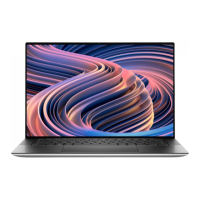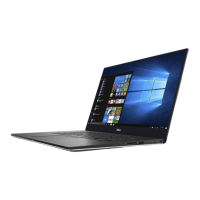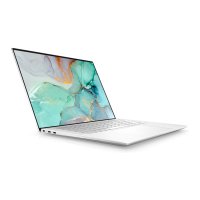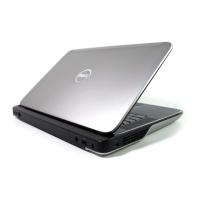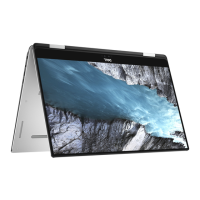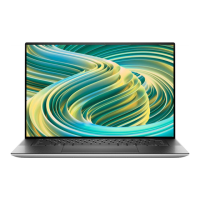What to do if my Dell XPS 15 9530 Laptop battery is swollen?
- DDeborah GainesJul 28, 2025
If you notice that the Lithium-ion battery in your Dell Laptop is swollen, immediately stop using the laptop. Disconnect the AC adapter and allow the battery to fully discharge. Replace the swollen battery and make sure you dispose of it correctly. You may also contact Dell product support to explore options for replacing the swollen battery under your warranty or service contract.




